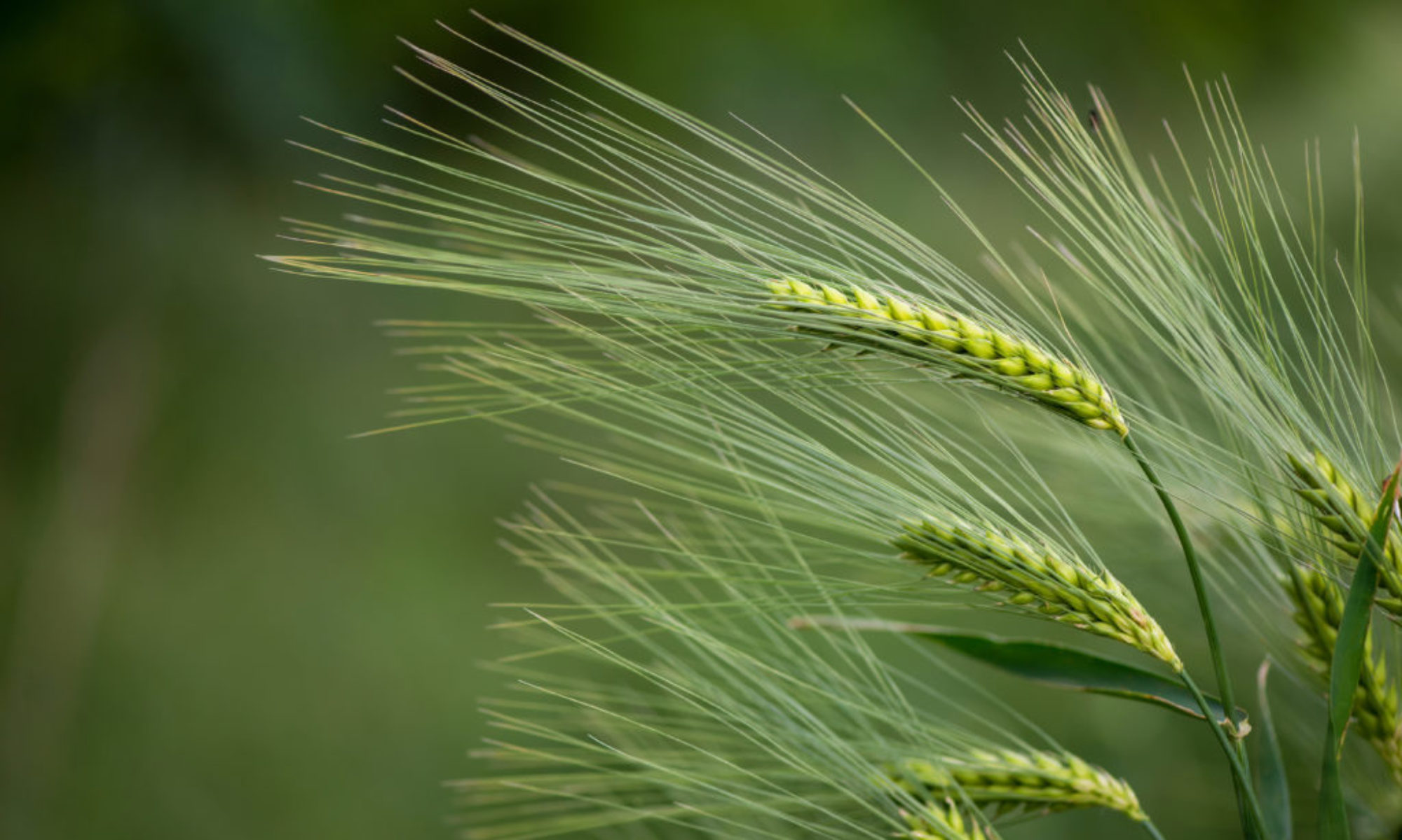By Jessie Topp
Today, diabetes is considered a major global public health challenge. In fact, Type 2 diabetes (T2D) is among the most commonly occurring diet and lifestyle-linked non-communicable chronic diseases worldwide. According to the International Diabetes Federation and World Health Organization, worldwide, it is estimated that 415 million people suffer from diabetes; more than 90 percent of those have T2D. By 2040, T2D prevalence (and its associated mortality and morbidity) is projected to increase by 50 percent.
As one of the most widely grown cereal grains in the world (barley ranks fifth among all crops in dry matter production) barley can be used as part of innovative strategies to manage the early stages of Type 2 diabetes. Barley kernels contain a wide range of phenolic bioactive compounds and, as a result, have the potential to be used to develop non-food nutraceuticals and bioactive functional ingredients to aid in managing and mitigating hyperglycemia, which an excess of glucose in the bloodstream and can be associated with the early stages of T2D.
The antioxidant benefits of cereals such as barley are the result of their containing phenolic acids, which plays a role in preventing chronic oxidative diseases, such as diabetes, atherosclerosis, high blood pressure and heart disease. Phenolic compounds can aid in exerting glycemic blood glucose level control by binding to carbohydrate solubilizing enzymes like α-amylase and α-glucosidase. The controlled inhibition of these “starch into sugar” enzymes ultimately can result in the reduction of the body’s blood glucose levels after eating a meal.
A study conducted by the Department of Plant Sciences at North Dakota State University screened 13 barley cultivated varieties, known as cultivars, to determine if they have the phenolic bioactive-linked functionalities needed to develop non-food nutraceuticals targeting the management of early stage T2D associated with chronic hyperglycemia.
Based on this study, barley cultivars such as Pinnacle and Black Barley have the potential to be used to develop non-food nutraceuticals and bioactive functional ingredients to modulate postprandial glucose metabolism. Further, the antioxidant potential of these cultivars may aid in mitigating chronic oxidative stress associated with chronic hyperglycemia, potentially preventing the onset and development of disease complications associated with T2D.
The learn more about this study, read the journal article here.
